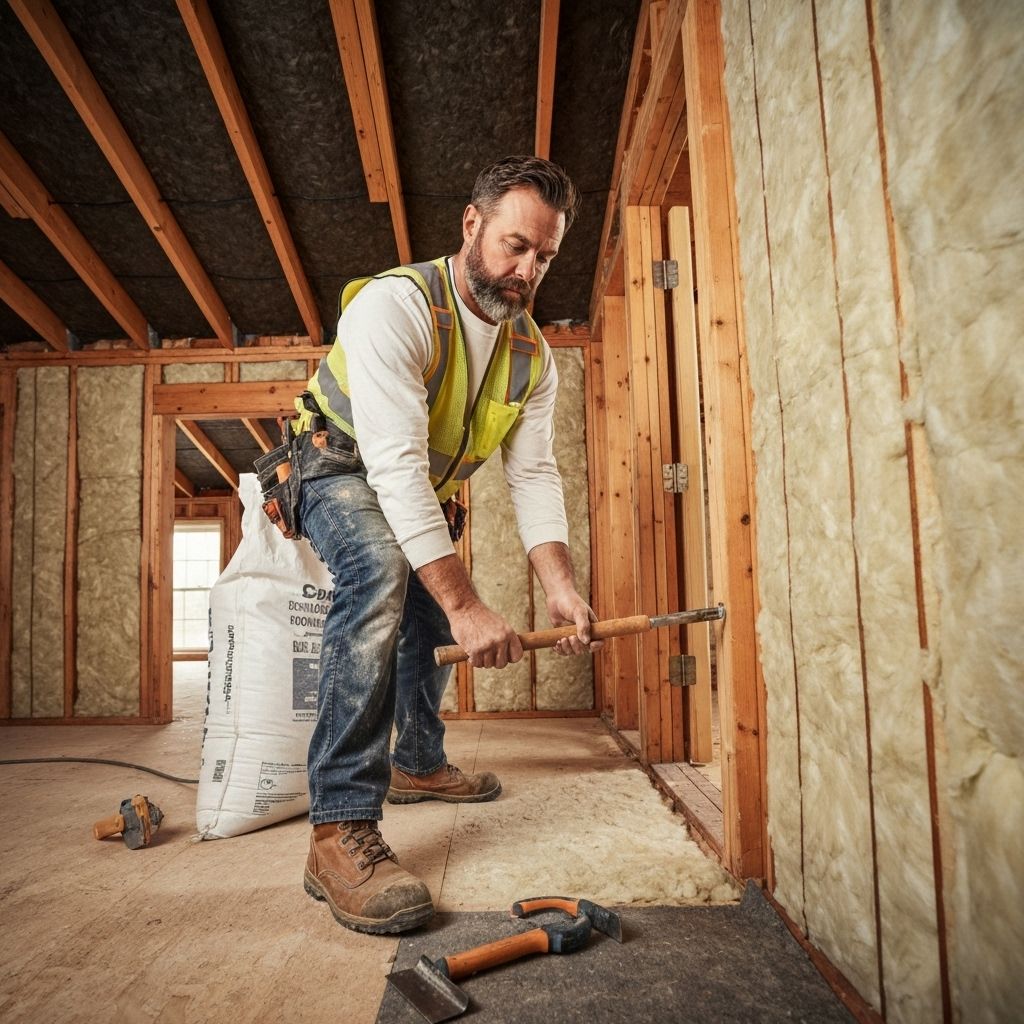As a householder, grasping the nuances of home insulation can considerably upgrade your home atmosphere while also cutting you expenses in the long run. If you are looking to maintain your home warm in the cold season or cool in the hot season, efficient insulation is a crucial element that provides your ease all year. With the appropriate insulation, you can minimize energy expenses, boost your home’s value, and even contribute positively to the eco-system.
In this thorough guide, we will explore various aspects of home insulation that all property owners should understand. From evaluating the existing condition of your insulation to picking the best materials for your home, we will cover important topics such as the advantages of insulation, common pitfalls to avoid, and new products that can turn your home more sustainable. Whether you’re thinking about a DIY solution or planning to hire professionals, our insights will assist you make wise decisions at every turn. Let’s explore the world of insulation and discover how to create a home that is a more pleasant, energy-efficient space.

Home Insulation Basics
House insulation plays a crucial role in maintaining comfortable indoor climate and enhancing energy efficiency. It works by creating a barrier that minimizes the transfer of heat, keeping your home cozy in the winter and cool in the hot months. Comprehending the basics of insulation can aid homeowners make wise decisions about their insulation requirements and upgrades.
There are several types of insulation materials, including glass wool, recycled paper, and spray foam, each with its own advantages and disadvantages. It's important to pick the appropriate type according to your particular needs, such as weather, the area being treated, and cost constraints. Becoming familiar yourself with R-values, which assess the thermal insulation's effectiveness, can also ease your choices process.
Proper installation of insulation is just as crucial as selecting the right type. This involves ensuring that hard-to-reach areas, such as lofts, crawl spaces, and exterior walls, are adequately insulated. Investing the time to air seal your home before installing insulation can further improve energy efficiency by preventing drafts and air leaks, preventing your heating and cooling systems from overworking than needed.
Types of Insulation
When considering home insulation, homeowners should be familiar with the different varieties on the market, as each has its distinct benefits and applications. Fiberglass insulation is one of the most common choice due to its affordability and effectiveness. Sold in batts or as loose-fill, this material is easy to install and provides good thermal resistance. However, it is crucial to wear protective gear when handling fiberglass, as it can cause irritation to the skin and lungs.
Spray foam insulation is a different popular option, particularly for those seeking to seal gaps and cracks. It grows upon application, creating a tight seal that prevents air leaks and boosts energy efficiency. This type of insulation can be costlier than fiberglass but is known for its excellent insulation properties and moisture resistance. https://doc.adminforge.de/LuRRLz8hSkigutYd71Tftw/ should evaluate hiring professionals for installation to maximize its benefits.
Blown-in insulation, often made from paper or fiberglass, is well-suited for filling current wall cavities and attics. It is especially useful for upgrading older homes where adding insulation may be difficult. The installation process generally requires specific equipment, making it a task best left to professionals. Homeowners should assess these types of insulation against their specific needs, budget, and the areas they aim to insulate.
Thermal Protection Placement Guidelines
As fitting insulation, preparation is key. Begin by inspecting the area where you plan to add insulation for any air leaks or damage that necessitates addressing. Seal gaps and cracks with putty or insulation tape to boost the efficiency of your insulation. It's also vital to put on protective gear, including mitts, safety glasses, and a respirator, especially when working with materials like fiberglass, to guarantee your protection throughout the installation process.
Determining the right insulation product for your project can make a significant difference in effectiveness and comfort. Depending on the area, fiberglass batts, blown-in cellulose, or spray foam may be appropriate. Consider the R-value for each kind, as well as their waterproofing and soundproofing capabilities. Acquaint yourself with the construction regulations in your area to validate compliance and to enhance the effectiveness of your project's insulation approach.
During the installation, verify that the insulation fits snugly without compressing it, as compressed insulation can reduce its efficacy. For https://kanban.xsitepool.tu-freiberg.de/Zd0r4PWtQzWtobLw__p3_A/ like attics or crawl spaces, provide adequate airflow to reduce moisture buildup. After installation is done, it’s advisable to recheck your work, ensuring that there are no gaps or areas unaddressed, as these can considerably diminish the advantages of insulation. Regularly checking these spaces can help sustain the effectiveness of your insulation over time.
